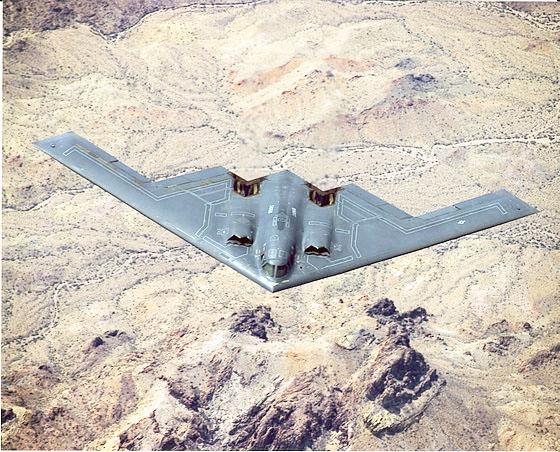If a nuclear conflict broke out, the United States could raise only six strategic B-2 bombers. According to the Congressional Research Service, sixteen B-2 are on active duty, but only nine are ready for combat. The number goes down further to six, because three B-2 are still in training. The rest of the fleet is on the ground for maintenance.
Built in twenty-one specimens (one lost in an accident in the 2008), the B-2 is the only low observability asset of the US Air Force that is responsible for strategic projection. Even today, the backbone of the Air Force is based on the long-range strategic bomber Boeing B-52, which made its first flight in the 1952. Of the 744 B-52 built, they remain in service only seventy-six, all updated to the configuration H. Needless to point out that the B-52 was not designed to penetrate modern enemy defenses (let alone those of the 2040), but to transport the missiles from long-range nuclear cruise and for bombardment in permissive environments.
But why is the US strategic projection based on a fleet designed more than half a century ago?
Because the entire Rockwell International B-1B Lancer supersonic line has been denuclearized. This is why the twenty B-2 bombers remain the only long-range asset in the Pentagon's inventory. This means that if a crisis broke out, the Air Force could only raise six B-2. Platforms obviously used with extreme care: the loss of another single cell would lead to a significant decrease in overall capacity. The Air Force will keep the B-2 in active service until the 2058. The Congressional Research Service notes, however, that the bomber, conceptualized at the end of the 70 years, is beginning to show itself alongside new technologies. The B-2 is starting to lose its ability to penetrate enemy airspace with impunity. Considering that the Pentagon identifies the Pacific region as a possible theater of conflict, it is evident that it entrusts the long-range penetration capacity to the B-2 fleet. The latter, however, is not numerically capable of facing the Chinese threat.
To this we must add the enormous distances, the growing vulnerability of the bases and support activities in the Region. It is clear that the current vision of long-range projection could also be reduced, in favor of the use of tactical systems. Restarting the B-2 line would be pointless and too expensive, but the Pentagon desperately needs the LRS-B bomber. The hope is that the program will not encounter serious development problems, otherwise a strategic line of projection that could even reach the hundred years of life.
(Photo: web)












